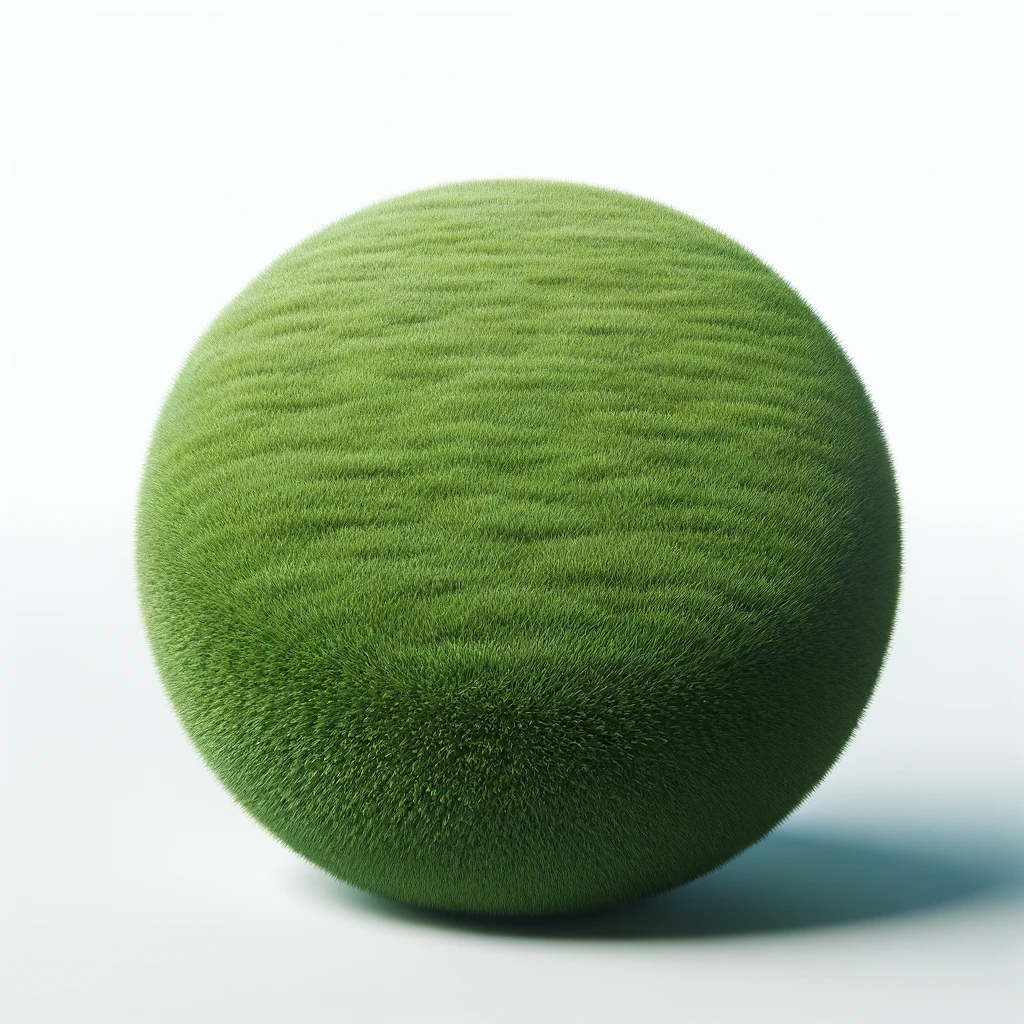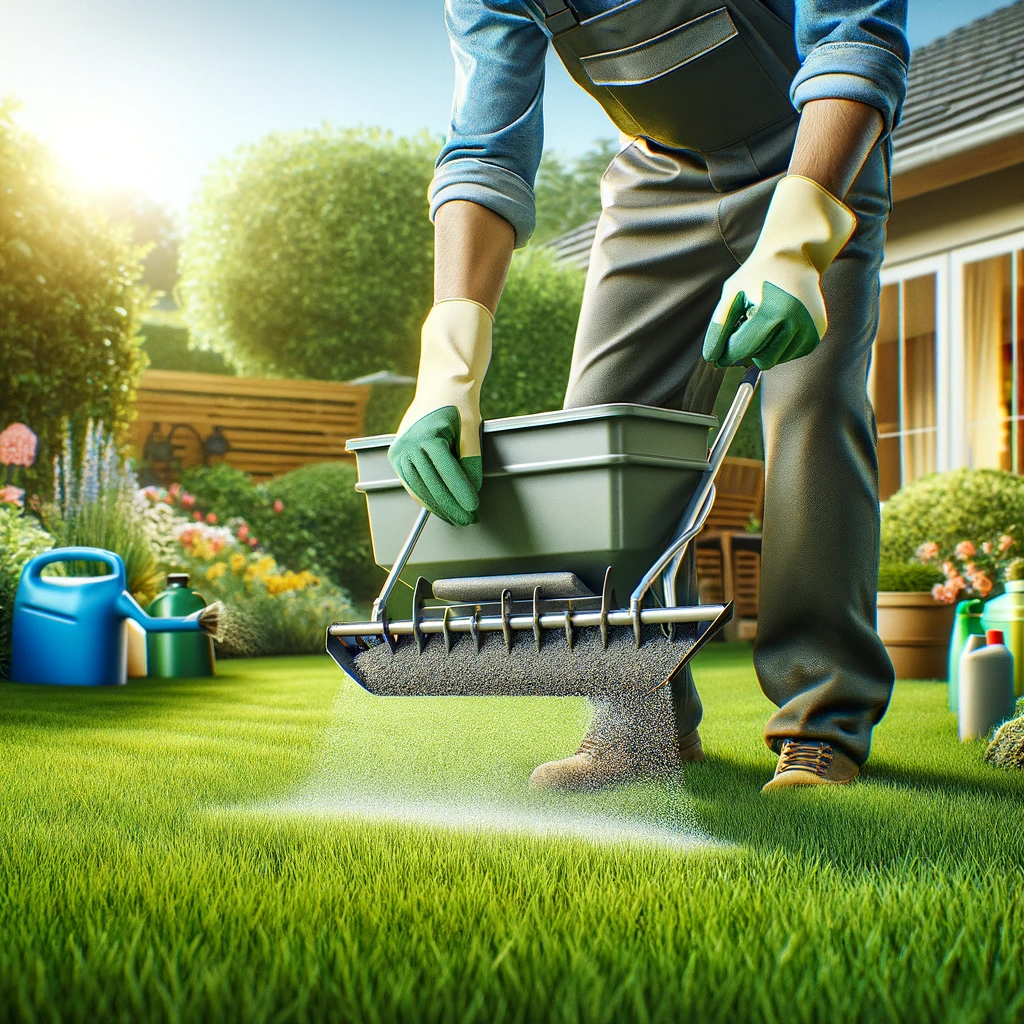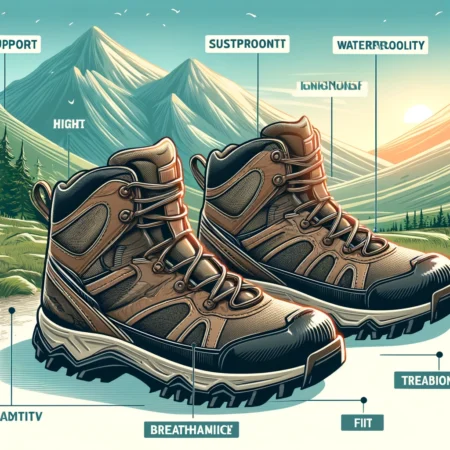Taking care of your lawn can seem daunting, especially if you’re a beginner. However, with the right tips and techniques, you can achieve a healthy and beautiful lawn. Here is a comprehensive guide to help you get started on your lawn care journey.

Table of Contents
Understanding Your Lawn
Get to Know Your Soil
Healthy soil is the foundation of a resilient lawn. Conducting a soil test is crucial to understand its pH level, fertility, and type. This will help you determine the necessary amendments to improve soil health.
Identify Your Grass Type
Different grass types require different care routines. There are two main categories: cool-season grasses and warm-season grasses. Identifying your grass type will guide you in mowing, watering, and fertilizing schedules.

Lawn Care Basics
Watering Your Lawn
Proper watering is essential for a healthy lawn. Water deeply and infrequently to encourage deep root growth. Aim for 1 to 1.5 inches of water per week, preferably early in the morning to minimize evaporation and reduce disease risk.
Mowing Techniques
Mowing at the right height is crucial. Never cut more than one-third of the grass blade in a single mow. Keep mower blades sharp to avoid damaging the grass. Mow frequently during the growing season to maintain a consistent height.
Fertilizing Your Lawn
Fertilize your lawn based on soil test results. Use a balanced fertilizer and follow a schedule that aligns with your grass type. Cool-season grasses benefit from fall fertilization, while warm-season grasses should be fertilized in mid-spring through summer.

Advanced Lawn Care Practices
Aeration
Aeration involves removing small plugs of soil to reduce compaction and improve air, water, and nutrient flow to the roots. Aerate cool-season grasses in the fall and warm-season grasses in late spring.
Dethatching
Thatch is a layer of dead organic matter that can build up between the soil and grass blades. Dethatching helps remove this layer, allowing water and nutrients to penetrate the soil. Dethatch your lawn once a year if the thatch layer exceeds half an inch.
Overseeding
Overseeding helps fill in bare spots and thickens your lawn. Choose grass seed that matches your existing grass type and overseed during the optimal growing season—fall for cool-season grasses and late spring for warm-season grasses.
Weed Control
Prevent weeds from overtaking your lawn by maintaining a healthy, dense turf. Use pre-emergent herbicides to prevent weed seeds from germinating and post-emergent herbicides to target existing weeds. Manual weed removal can also be effective.
Pest and Disease Management
Monitor your lawn for signs of pests and diseases. Healthy lawn practices like proper watering, mowing, and fertilizing can reduce the risk of infestations. Use targeted treatments for specific pests and diseases as needed.

Seasonal Lawn Care Tips
Spring
- Aerate and dethatch if necessary.
- Overseed cool-season grasses.
- Apply pre-emergent herbicides to prevent weed germination.
- Fertilize based on soil test results.
Summer
- Water deeply and infrequently.
- Mow regularly to maintain an optimal height.
- Monitor for pests and diseases.
- Avoid fertilizing warm-season grasses during peak heat.
Fall
- Aerate and dethatch cool-season grasses.
- Fertilize cool-season grasses for root development.
- Apply pre-emergent herbicides to prevent winter weeds.
- Overseed bare spots.
Winter
- Minimize foot traffic on dormant grass.
- Remove debris and fallen leaves.
- Plan for spring lawn care activities.

Essential Lawn Care Tools
- Lawn Mower: Keep blades sharp and mow at the right height.
- Aerator: Use for soil aeration to reduce compaction.
- Dethatcher: Remove excessive thatch to improve soil health.
- Spreader: Apply fertilizers and grass seed evenly.
- Sprinkler System: Ensure efficient and deep watering.
- Weed Control Tools: Use herbicides or manual tools for weed removal.
How do I start my lawn over from scratch?
- Test the Soil: Check pH and nutrient levels.
- Prepare the Soil: Till and remove any debris.
- Apply Seed: Spread grass seed evenly across the prepared soil.
- Water: Keep the soil consistently moist until seeds germinate.
- Maintain: Continue watering and care as the grass establishes.
In what order should I treat my lawn?
Here’s a simple lawn care schedule to follow:
- Day 1: Fertilize your lawn to give it essential nutrients.
- Day 2: Mow the lawn to maintain a proper height.
- Day 3: Apply weed control to manage unwanted plants.
- Day 4: Trim the edges and any overgrowth.
- Day 5: Repair any damage or bare spots.
- Weekend: Water the lawn thoroughly, then relax and enjoy your yard.
How do I take care of my lawn for dummies?
Beginner lawn care involves several basic steps:
- Get to Know Your Soil: Test your soil to understand its pH and nutrient levels.
- Fix Underlying Issues: Address any soil compaction or drainage problems.
- Know the Best Grasses for Your Region: Choose grass types suited to your climate.
- Seed Right the First Time: Sow grass seed properly for the best results.
- Feed Your Grasses Well: Fertilize according to your grass type’s needs.
- Fight Lawn Weeds: Use pre-emergent and post-emergent herbicides.
- Mow for Height and Health: Keep your grass at the recommended height.
- Manage Water Wisely: Water deeply and infrequently.
How to take care of your lawn DIY?
Follow these DIY lawn care tips:
- Apply a pre-emergent herbicide in early spring to stop crabgrass.
- Add mulch around trees to protect them and reduce trimming needs.
- Set your mower blade at the right height to control weeds.
- Plant hardy ground covers in shady areas.
- Build mowable paths to reduce maintenance.
- Fertilize in the fall for root growth and winter hardiness.
How to make grass thicker and fuller?
To achieve a thicker lawn:
- Overseed: Sow grass seed into existing grass to fill in thin areas.
- Aerate: Relieve soil compaction to allow roots to spread.
- Fertilize: Provide essential nutrients for robust growth.
- Water Properly: Deep and infrequent watering encourages deep roots.

How to fertilize a lawn for beginners?
- Water Your Lawn: A few days before fertilizing, give your lawn a good watering.
- Choose a Spreader: Pick a broadcast or drop spreader based on your lawn size.
- Apply Fertilizer: Spread fertilizer around the perimeter first, then fill in the middle.
- Handle Remaining Product Properly: Store any leftover fertilizer safely.
How to properly maintain a lawn?
- Regular Mowing: Keep your grass at the recommended height.
- Water Wisely: Water deeply and infrequently to encourage deep roots.
- Fertilize Correctly: Use the right type and amount of fertilizer.
- Control Weeds and Pests: Use herbicides and pesticides as needed.
- Aerate and Dethatch: Improve soil health by aerating and removing thatch annually.
How do I prepare my yard for grass?
- Remove Existing Grass: Use a shovel or sod cutter to clear the area.
- Inspect and Clean: Remove rocks and debris, and fill in low spots.
- Loosen Soil: Use a tiller to break up compacted soil.
- Level the Area: Smooth the soil with a rake to create an even surface.

What is the best lawn treatment?
- Soil Testing: Understand your soil’s needs.
- Fertilization: Feed your grass with the right nutrients.
- Aeration: Reduce soil compaction.
- Dethatching: Remove excessive thatch.
- Overseeding: Fill in bare spots.
- Weed Control: Use pre-emergent and post-emergent herbicides.
- Pest Control: Regularly inspect and treat for pests.
- Composting: Add organic matter to improve soil health.

Frequently Asked Questions
How Often Should I Water My Lawn?
Water your lawn deeply once a week, providing 1 to 1.5 inches of water.
When is the Best Time to Fertilize?
Fertilize cool-season grasses in the fall and spring, and warm-season grasses in mid-spring through summer.
How Can I Prevent Weeds?
Maintain a dense, healthy lawn, and use pre-emergent and post-emergent herbicides.
What is the Ideal Mowing Height?
Follow the recommended height for your grass type and avoid cutting more than one-third of the grass blade at a time.
When Should I Aerate My Lawn?
Aerate cool-season grasses in the fall and warm-season grasses in late spring.
What should I put on my lawn first?
Start with a combination of fertilizer and pre-emergent herbicide early in spring. This will feed your grass and prevent crabgrass from germinating. Apply these again after six to eight weeks, along with a broadleaf weed killer to keep your lawn healthy and weed-free throughout the season.
Do you put topsoil or grass seed first?
Prepare the soil by tilling and loosening it to create the best growing conditions. There’s no need to put down topsoil first. Simply spread the grass seed directly onto the prepared soil and gently rake it in to ensure good seed-to-soil contact.
What month should I fertilize my lawn?
For cool-season grasses, fertilize in early spring (March), again in May, and from September to October. Warm-season grasses should be fertilized in mid-spring through summer. Always refer to your specific grass type for the best timing.
Should I seed or fertilize my yard first?
Apply fertilizer before seeding. This gives the soil essential nutrients that help new grass establish more quickly. The best times to plant a new lawn are in spring and fall, depending on your grass type.
Should you fertilize or mow first?
Mow your lawn a day or two before fertilizing to ensure optimal fertilizer absorption. After applying fertilizer, wait 24 to 48 hours before mowing again to give the nutrients time to settle into the soil.
When to apply lime to lawn?
Apply lime in the spring or fall when rainfall is abundant. Rain helps move the lime into the soil and root zone, avoiding potential turfgrass foliar burn or injury after application. Lime adjusts soil pH to optimal levels for grass growth.
When to overseed a lawn?
The best time to overseed is in late summer or early fall. Soil and atmospheric temperatures are favorable for seed germination, and the new seedlings will establish before cooler fall weather sets in.










